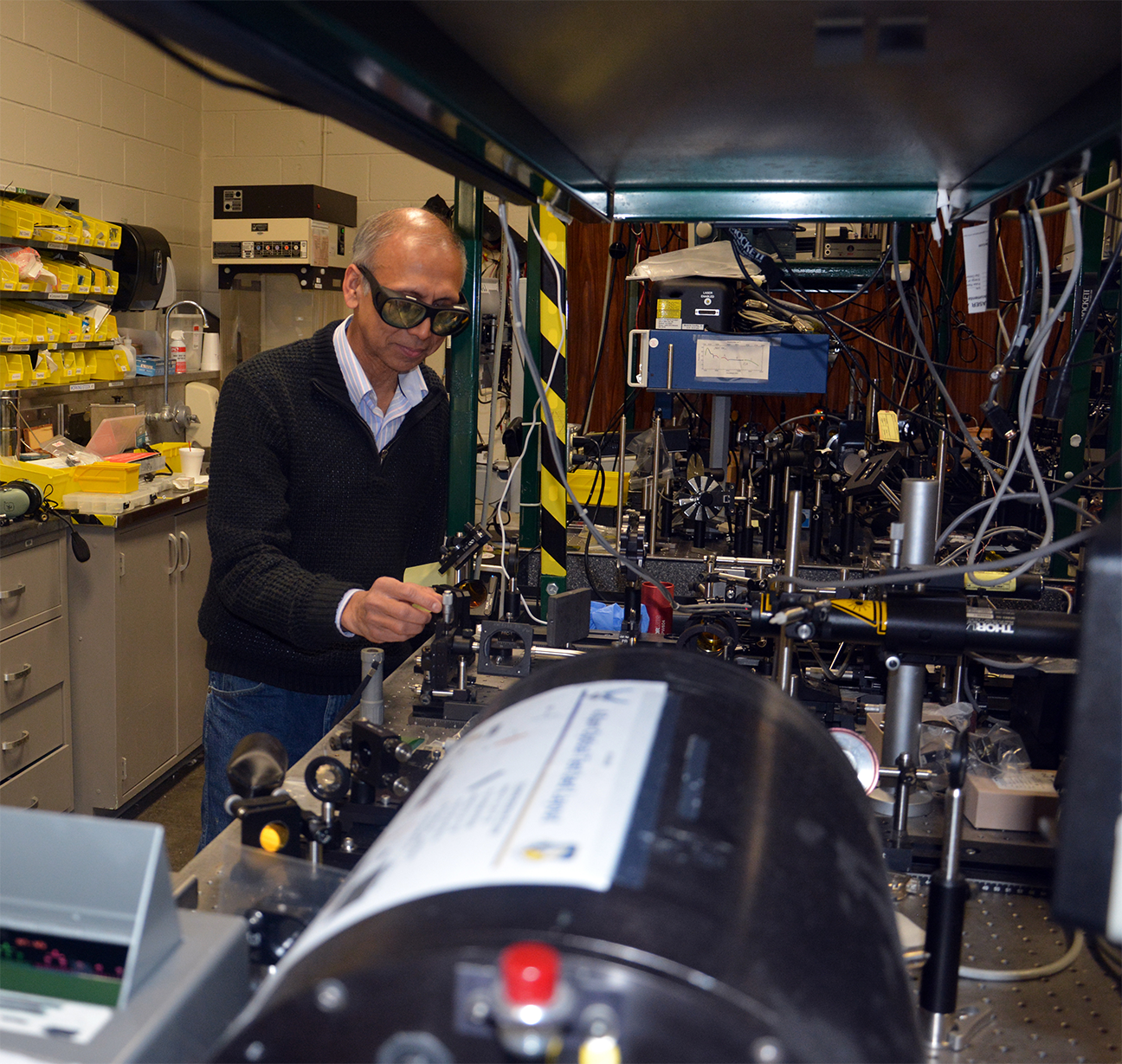AFRL electro-optics team honored by U.S., UK Defense departments
WRIGHT-PATTERSON AIR FORCE BASE, Ohio (AFRL) – A team of electro-optical scientists and engineers in the Air Force Research Laboratory’s Sensors and Materials & Manufacturing directorates and the 711th Human Performance Wing were recently recognized by the U.S. and UK governments with a 2021 U.S. – UK Science & Technology Stocktake Team Achievement Award.
The awards build on an alliance between the U.S. Department of Defense and the UK Ministry of Defence, supporting collaboration between the two nations and encouraging excellence in science and technology cooperation, said the two nations’ S&T principals, Dr. JihFen Lei and Professor Dame Angela McLean, in a communique to award winners. Lei serves as principal deputy and acting director of defense research & engineering for research & technology in the U.S. Office of the Under Secretary of Defense for Research and Engineering. McLean serves as Chief Scientific Adviser for the UK Ministry of Defence.
Lei and McLean lauded the electro-optic survivability team for “driving interoperability to address real-world directed energy systems concerns for eight nations by synchronizing U.S. Department of Defense and UK Ministry of Defense research activities across five international sites.”
Overseeing the team was Dr. Kevin T. Geiss, who previously served as director of the 711 HPW’s Airman Systems Directorate before recently being named director of science & technology in the Office of the Under Secretary of Defense for Research & Engineering.
“The [electro-optical survivability] team’s research addresses a technology domain that is important for enabling effective military operations in the future battlespace,” Geiss said.
Electro-optics studies the use of an electric field to modify how fast light travels through materials, a phenomenon known as the electro-optic effect. More specifically, electro-optics uses the interaction between the electromagnetic, or “optical,” and the electrical or electronic states of materials to create radio frequencies and lasers, which can be used as directed energy weapons. These DEW could potentially defend against enemy missile threats and enhance survivability. The U.S. Air Force’s Self-protect High Energy Laser Demonstrator (SHiELD) program currently experiments with aircraft-mounted lasers.
The Stocktake Award-winning team includes the following members:
- Electro-Optic Countermeasures Branch of AFRL’s Sensors Directorate:
- Project Lead Mark Wunderlich, Robert Desonia and Dr. John Gibson
- Photonics Materials Branch of AFRL’s Materials & Manufacturing Directorate:
- Project Lead Leo Gonzalez, Jen DeCerbo, Shekhar Guha, Jon Slagle and Kent Averett
- 711th Human Performance Wing:
- Project Lead Dr. Leon McLin
The electro-optical survivability team is one of five teams and two individuals to receive an S&T Stocktake Award this year.
“The Department is pleased to jointly present these awards with our UKcolleagues,” Geiss said. “The awards are a testament to the broad range of bilateral scientific and technical cooperation between our two defense organizations and complements our wider multilateral engagements.”

An electro-optics survivability team of Air Force Research Laboratory personnel earned a 2021 U.S.- UK Science & Technology Stocktake Team Achievement Award for their work and experimentation with lasers. Seen here in a laser lab, team member, Dr. Shekhar Guha, a senior scientist in AFRL’s Materials and Manufacturing Directorate, adjusts an optic behind a carbon dioxide laser. (U.S. Air Force photo/Donna Lindner)

A handheld laser reflects off of a cable car during a NATO trial in which the U.S. and UK participated. The electro-optic survivability team experiments with lasers, which informs lasers’ potential use as directed energy weapons for U.S. and UK defense. (Photo by Chris Westgate, Dstl)
